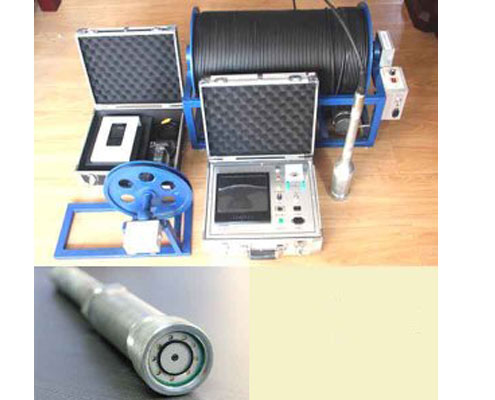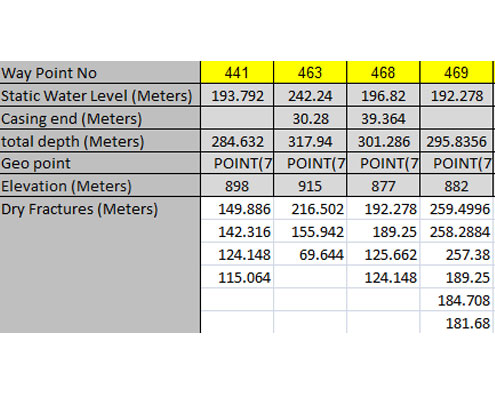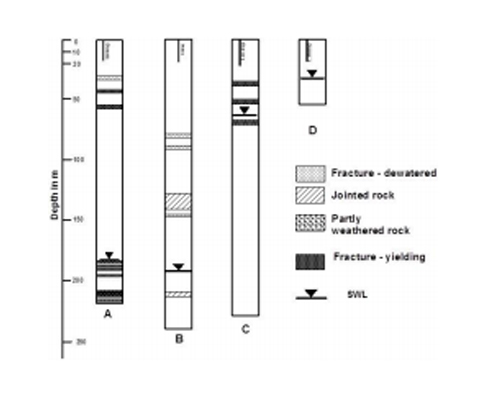“Aquifer: a mysterious, magical and poorly defined area beneath the surface of the earth that either yields or withholds vast or lesser quantities of standing/flowing water, the quantity and/or quality of which is dependent on who is describing it or how much money may be at stake.” – R. Radden
Building a Clear Picture
- Aquifer Conditions, Groundwater Flow & Direction
- Fracture Density Analysis and Recharge Flux
- Design of Stormwater & Groundwater systems
- Potential Contaminant Sources
Beyond the GIS data assessment, we use the Environmental Data Model to develop three-dimensional geological conceptual models and numerical groundwater flow and transport models. After model development, the Environmental Data Model integrates wellhead protection areas, contaminant, and water balance information, which can be incorporated into reports, or land use policies.
The aim of this track is to generate a better scientific understanding of the groundwater resource at an aquifer level. An aquifer map will be made based on integrating and overlaying data and well characteristic information and digital elevation models. Generally a study area in an urban setting is unlikely to have good geological exposures. Thus the given below following tests are performed to get a clearer understanding of the sub-surface conditions.
The number of wells depends on test objectives and available resources for test program. However the reliability of aquifer characteristic estimates increases with additional observation points. No maximum number because anisotropy, homogenity and boundaries can be deduced from response




